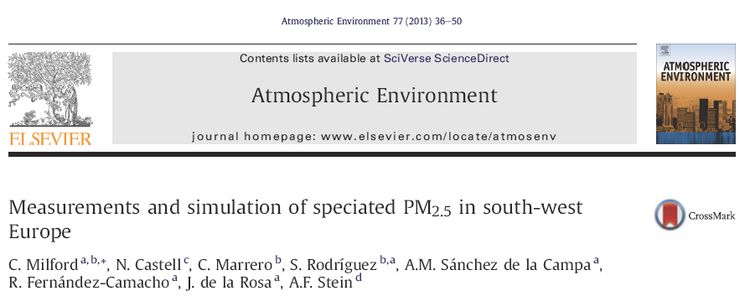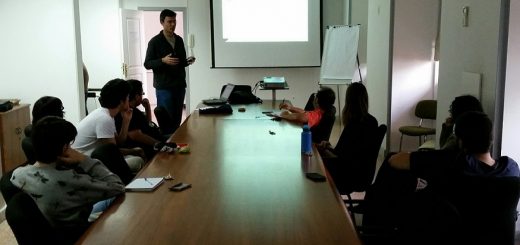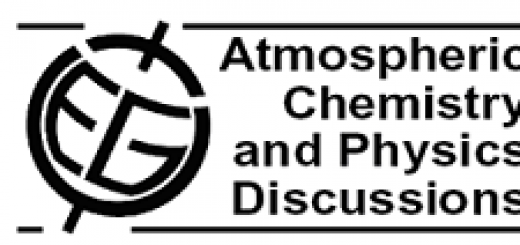The journal Atmospheric Environment publishes a new study on measurements and simulation of speciated PM2.5 in south-west Europe.
![]()

The journal Atmospheric Environment publishes (vol 77) a new study on measurements and simulation of speciated PM2.5 in south-west Europe.
The combination of experimental data and modelling has allowed the sources and processes that result in high background levels of fine particles (PM2.5) in western Andalusia (south-west Spain) to be identified. The regional meteorology favours the transport of the pollutants from the industrial to the rural areas, resulting in a high background.
Pollution by PM2.5 particles is a matter of concern due to its association with cardiovascular diseases.
The detailed experimental data presented in this study also allows a more informative evaluation of the model and helps identify areas for improvement in the way that we model fine particles.
The research was performed by the University of Huelva, the Izaña Atmospheric Research Center (AEMET), the Norwegian Institute for Air Research (NILU) and the Air Resources Laboratory, National Oceanic and Atmospheric Administration (NOAA).
DOWNLOAD:
http://www.sciencedirect.com/science/article/pii/S135223101300304X
Study:
|
Title: Measurements and simulation of speciated PM2.5 in south-west Europe. Link. Publication: Atmospheric Environment 77 (2013) 36-50. Authors: C. Milford, N. Castell, C. Marrero, S. Rodríguez, A.M. Sánchez de la Campa, R. Fernández-Camacho, J. de la Rosa and A.F. Stein. |







